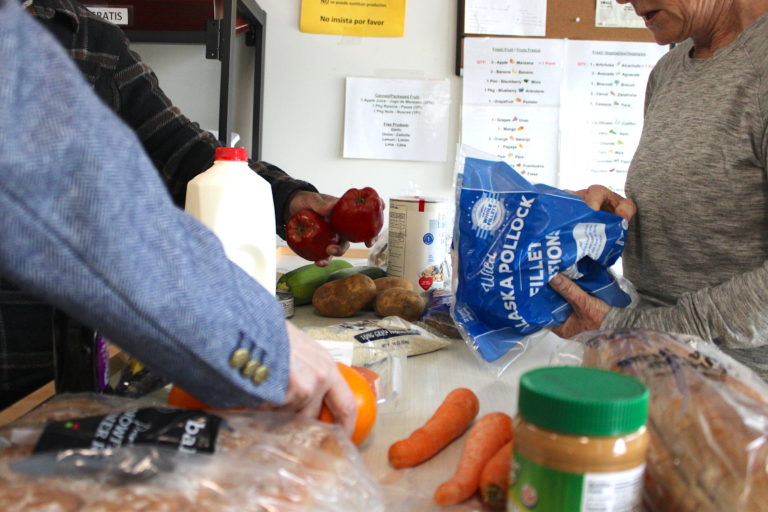By John Dowdle, MD

One of the most interesting aspects of being a hand and wrist specialist at HSS is how many different conditions we treat. These ailments include arthritic or degenerative conditions, traumatic injuries such as fractures and lacerations, repetitive use disorders, and even tumors. Hand surgery combines orthopedic, plastic, and neurosurgical techniques.
In the past, patients accepted certain hand pain and conditions as part of daily life. We encounter patients with arthritis who tell us there’s likely nothing that can be done to help them, but we can do a lot to improve their conditions. As patients become more aware of their ailments and how to address them, they come to us for treatment.
The causes of hand conditions are many: hereditary or congenital factors; degenerative such as arthritis; traumatic events such as falls, fractures or lacerations; and overuse or repetitive motion injuries such as carpal tunnel syndrome, tennis elbow and golfer’s elbow.
Another factor is greater specialization in sports, especially at the youth level. When I was growing up, playing different sports during the year allowed an athlete to develop a range of muscle groups and flexibilities. There’s greater concentration by athletes now on a single sport year-round which can quickly lead to overuse injuries.
Non-Surgical Treatments
For most patients, a non-surgical approach is the first line of treatment. The exception would be traumatic events such as fractures or lacerations where urgent surgical intervention is warranted.
Depending on the condition, non-surgical treatments might include rest, splints, anti-inflammatories, hand therapy or cortisone injections. Surgery is usually not indicated for my patients unless they’re not improving and have failed conservative or non-operative treatments. In those instances, surgery is frequently the best option.
HSS is at the forefront of developing and delivering breakthrough solutions in treating hand and wrist conditions. Here are some innovations worth noting.
PRP Injections and Biologics
One of the most exciting areas we’re working on is the use of biologic materials, such as platelet-rich plasma (PRP) injections. PRP therapy uses injections of a patient’s own blood platelets to accelerate the healing of injured tendons, ligaments, muscles and joints. A patient’s blood is drawn and spun in a centrifuge to concentrate the platelets. The activated platelets are injected directly into injured or diseased body tissue, releasing growth factors to stimulate and increase repaired cells in the patient’s body.
Biologics materials can potentially revolutionize the treatment of orthopedic injuries. We don’t yet know how to get a patient’s joint to grow new articular cartilage, which lines the bony surface of joints. We’re using techniques to transplant cartilage from one part of the body to another. If we can discover a way for the body to regenerate its own articular cartilage, we could make enormous advances in orthopedic treatments.
Minimally Invasive Arthroscopy
Another innovation is the use of minimally invasive surgeries, including arthroscopic procedures. We can make much smaller incisions during surgery, which is easier on patients and speeds up their recovery times. Arthroscopic devices are shrinking in size and we can do arthroscopic exams from our Stamford offices. We make a needle-sized incision, insert a mini arthroscope into a patient’s knee and can view the cartilage and ligaments. Arthroscopic evaluation of a joint can frequently provide more valuable information than an MRI and offer the opportunity for real-time treatment.
Microsurgery using arthroscopy is now commonly used in rotator cuff surgery, requiring smaller incisions and shorter recovery periods. We also use smaller incision techniques for the small joints in the hands and wrist to perform multiple procedures including carpal tunnel release and ligament repairs.
Non-Surgical Advances
At HSS, we are constantly exploring ways to help patients with or without surgery. Dupuytren’s Disease is a common affliction that involves an abnormal thickening of tissues in the palm of the hand. The thickened tissues can develop into a hard lump and can even cause one or two fingers to contract or pull in towards the palm. We used to treat the disease with a surgical excision but can now offer an in-office injection of Xiaflex to correct the contracture. Most patients I treat with injection procedures can return to pre-intervention activities within a few days or weeks.
Nerve-Specific MRIs
Another exciting area is the emergence of MRIs explicitly developed to evaluate nerves. These nerve-specific MRIs were developed by the Department of Radiology at HSS and are not widely available elsewhere. This capability allows us to zero in on the type of nerve damage, perhaps caused by an accident or trauma.
Magnetic resonance neurography allows us to visualize the nerves in a specific area of a patient’s body to detect abnormal features. Small nerves in the hand or wrist are not always well visualized on a standard MRI. The imaging indicates the severity of nerve damage. Often, bruised nerves can be treated non-surgically while a more serious injury such as transection requires microsurgical repair.
========================
John Dowdle, MD, is an orthopedic surgeon specializing in hand and upper extremity at HSS Orthopedics with Stamford Health.




